Emergency-scene deaths prompt Wilson proposal for rear-facing blue flashers
OLYMPIA – As tow-truck operators and bystanders continue to die on Washington roadsides, Sen. Jeff Wilson is reintroducing a proposal to heighten safety at highway accident scenes.
Senate Bill 5023, pre-filed for introduction in the 2023 legislative session, would allow tow-truck operators to use rear-facing blue flashers when they reach accident scenes, in addition to the red flashers already permitted by law.
“When people see blue lights, they pay attention,” said Wilson, R-Longview. “Anything we can do to prevent the tragedies we have been seeing on Washington highways is worth trying. We need drivers to get the message – as you approach an accident scene, slow down, move over.”
Wilson’s proposal, introduced last year, passed the Senate but died in the House. It is prompted by a pair of deadly accidents on Interstate 5 in the Longview area. On April 24, 2021, tow-truck operator Arthur Anderson and two stranded motorists were struck and killed on the freeway shoulder near Castle Rock. On Sept. 22, tow truck operator Raymond Mitchell was crushed to death south of Kalama when a logging truck braked suddenly and its empty trailer careened onto the shoulder.
The deaths have continued. On Feb. 15, while Wilson was making the case for his bill in the Legislature, tow-truck operator Joseph Masterson was struck and killed by a semi near Fife as he prepared to tow a disabled vehicle.
“Nothing is more appalling than a preventable death,” Wilson said. “I knew Arthur Anderson. These tragedies hit home. Tow-truck operators are doing everything they can to raise public awareness of this issue. All of us need to help.”
Tow-truck driving is one of the most hazardous occupations in America, according to the National Institute for Occupational Safety and Health. A review of data from 2011 to 2016 showed a death rate 15 times the national industrial average.
Wilson’s proposal, dubbed the Arthur Anderson and Raymond Mitchell Tow Operators Safety Act, expands the use of warning flashers. Tow truck operators already are allowed to use red flashers on the way to an emergency zone, and keep them going once they get there. Wilson’s bill allows them to add rear-facing blue flashers once they reach the emergency zone. Wilson said the combination of red and blue sends a warning motorists will find difficult to ignore.
“We’ve been working to alleviate law enforcement concerns,” Wilson explains. “Washington reserves blue for police. Yet by limiting usage to rear-facing flashers, we ensure that no one will see a blue flash from a tow truck in their rear-view mirror. The people who will see the light from the tow trucks are the drivers who need to slow down.”
Wilson’s bill also clarifies state law to require that motorists reduce speed as they approach emergency responder vehicles and construction vehicles with flashing lights.
Wilson’s bill last year was more expansive than the current bill. That’s because several pieces of Wilson’s original proposal were incorporated in other bills and already have become law.
They include:
- An emergency-zone speed limit – 50 mph in an area with a speed limit of 60 mph or greater.
- Funding for state agencies to develop driver-training materials, highway signage and a campaign to promote public awareness of the state’s slow-down, move-over law.










